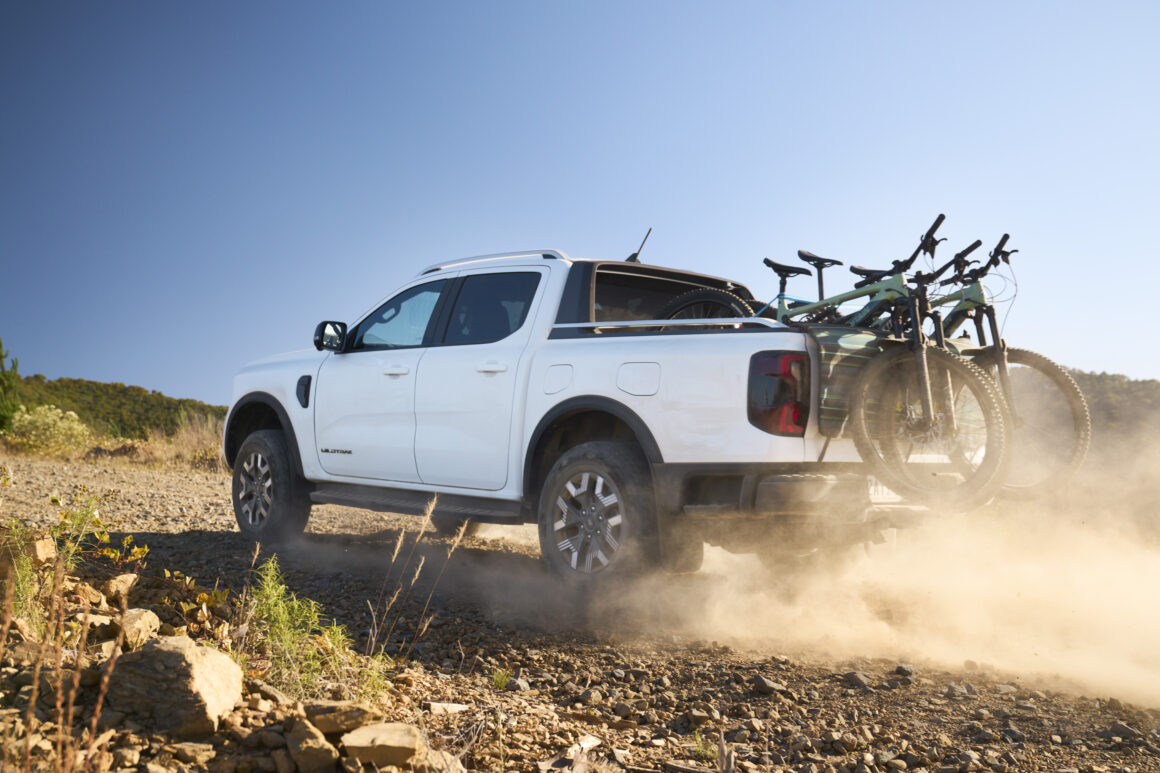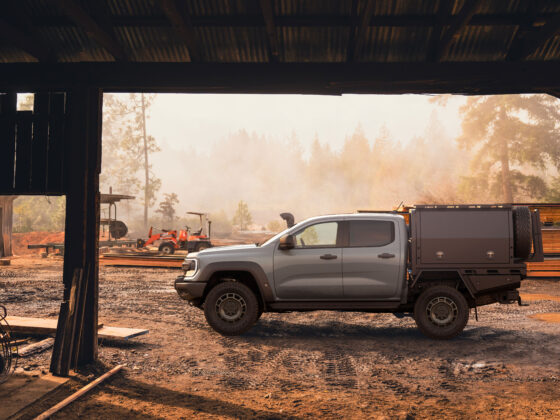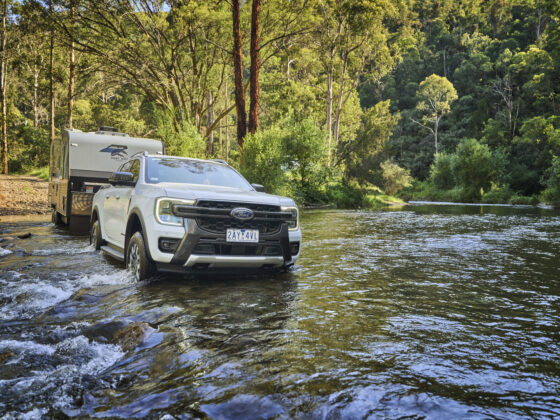The Federal Chamber of Automotive Industries (FCAI) has thrown its support behind Queensland’s new vehicle emissions strategy, calling it a “balanced and realistic” take on a complex issue.
With a growing push toward electrification, there’s been no shortage of government pressure lately for carmakers and fleet operators to go all-in on battery electric vehicles (BEVs). But not every fleet (and certainly not every road) makes that switch so simple. Queensland’s newly announced QFleet Vehicle Emissions Reduction Strategy 2025–2030 aims to tackle the emissions problem without ignoring the realities of life outside major cities.

A Practical Take on Emissions Reduction
Rather than tying itself to BEVs alone, the strategy focuses on cutting total fleet emissions using a mix of technologies including hybrids, plug-in hybrids, and low-emission combustion vehicles. That flexibility, according to the FCAI, is key to making progress without sacrificing practicality, especially across a decentralised public sector where charging infrastructure is still patchy and vehicle options are limited in some categories.
FCAI Chief Executive Tony Weber welcomed the Queensland Government’s move, saying it recognises that real-world emissions reductions don’t have to mean forcing a single technology onto everyone.
“The Queensland Government has recognised that the best pathway for emissions reduction is to utilise a range of vehicle technologies rather than focusing solely on battery electric vehicles,” said Weber.
The Real World Isn’t a Spreadsheet
For four-wheel drivers, regional tradies, and anyone who’s ever had to cross the Nullarbor or tow a trailer through the Flinders, the FCAI’s comments will ring true. While electric vehicles are growing in popularity for urban commuting, they’re still lagging in towing, touring, and remote capability, the very areas where diesel utes, 4WDs, and off-road wagons dominate.
More than 90 electric vehicle models might be available in Australia today, but consumer uptake remains cautious. Weber notes that practicality and infrastructure, not just model choice, are the main hurdles to adoption.

A Step Toward Smarter Policy?
The FCAI says this strategy is a model for how governments can lead the charge toward lower emissions without leaving common sense behind. It supports the idea that a mix of low and zero-emission vehicles (rather than one-size-fits-all mandates) is the most effective way to meet Australia’s international obligations while still keeping people moving.
Whether it’s a fleet of delivery vans, a tradie ute, or a long-range tourer, emissions can be reduced without sacrificing capability. That’s the kind of thinking we need more of.













